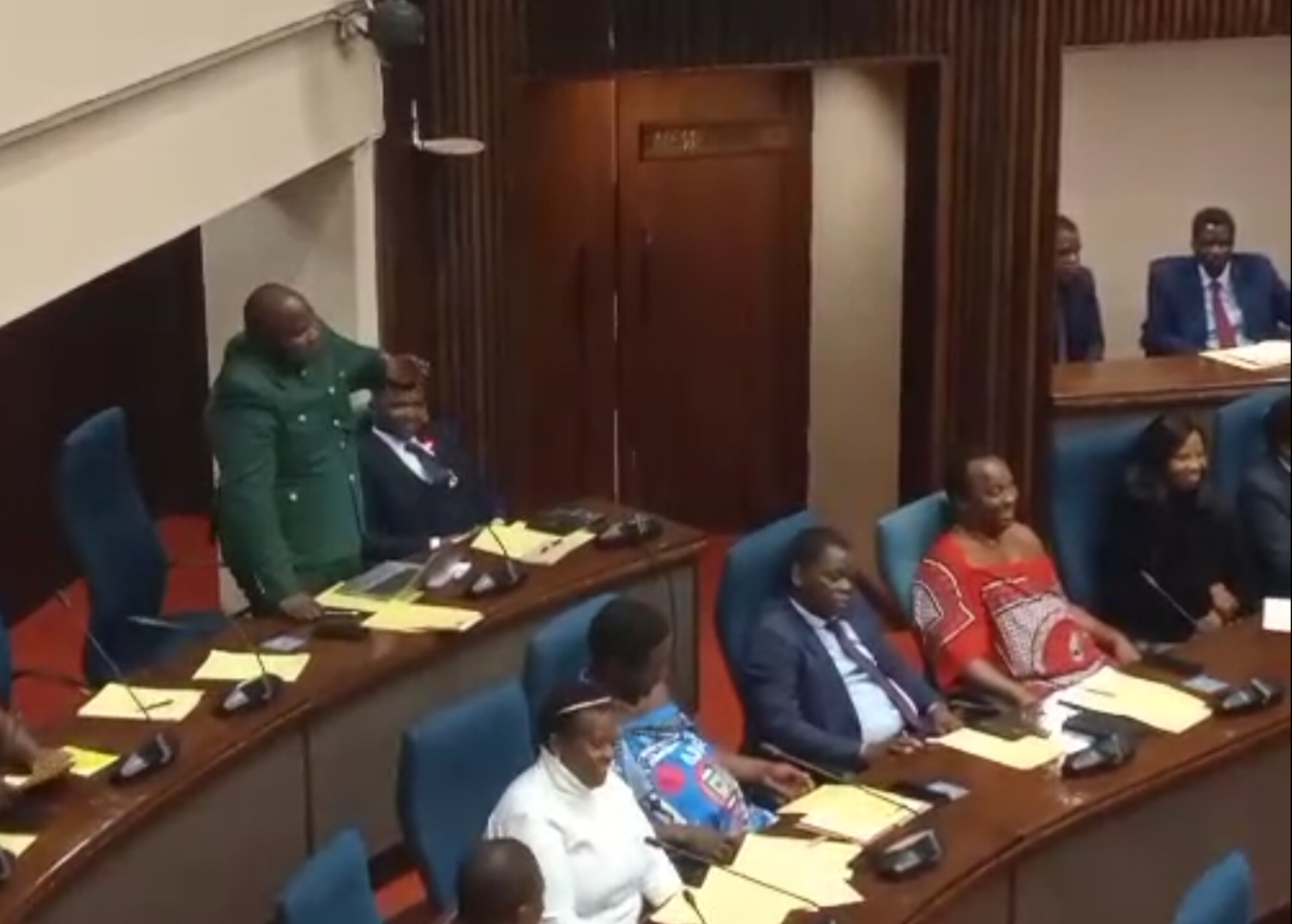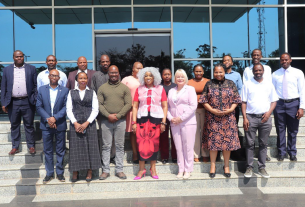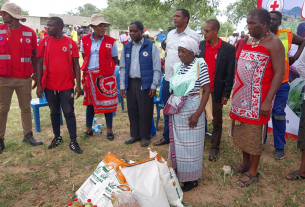BY MBONO MDLULI
MBABANE – In a decisive move aimed at harmonizing trade relations with neighboring South Africa, Members of Parliament have adopted the Value Added Tax (Rates) Regulations, 2025, which will raise Eswatini’s VAT rate by 0.5%, from 15% to 15.5%.
The adoption took place on April 23, 2025, during a session in the House of Assembly, following a spirited debate that lasted over an hour and saw more than 15 MPs take the floor. The increment mirrors a similar adjustment by the South African government, which plans to implement the 15.5% VAT rate on May 1, 2025, with a further 0.5% increase expected next year.

Eswatini’s move is seen as a strategic alignment to prevent confusion and maintain smooth cross-border trade with South Africa, to which the Lilangeni is pegged. The VAT hike is expected to generate an estimated E185 million for the kingdom, with a similar amount possible should a further 0.5% be added in future.
Lobamba Lomdzala MP Marwick Khumalo tabled the motion, seconded by Mafutseni MP Sabelo Mtsetfwa. Khumalo highlighted that countries like Namibia and Lesotho—whose currencies are also pegged to the Rand—have taken similar steps.
While the proposal gained support from several MPs who emphasized economic benefits and regional consistency, others voiced concerns over its impact on ordinary citizens. Dissenting voices, including MPs from Mbabane East, Gege, and Mayiwane, argued that the increase would exacerbate the financial struggles faced by their constituents.
Some MPs expressed frustration over Eswatini’s perceived economic dependency on South Africa, suggesting it was high time the country pursued financial independence. However, proponents of the hike warned that de-linking from the Rand could have serious economic consequences.
The final step now lies with the Senate, which must also approve the Regulations. If passed, the 15.5% VAT rate will come into effect on May 1, 2025, in sync with South Africa’s implementation date.







